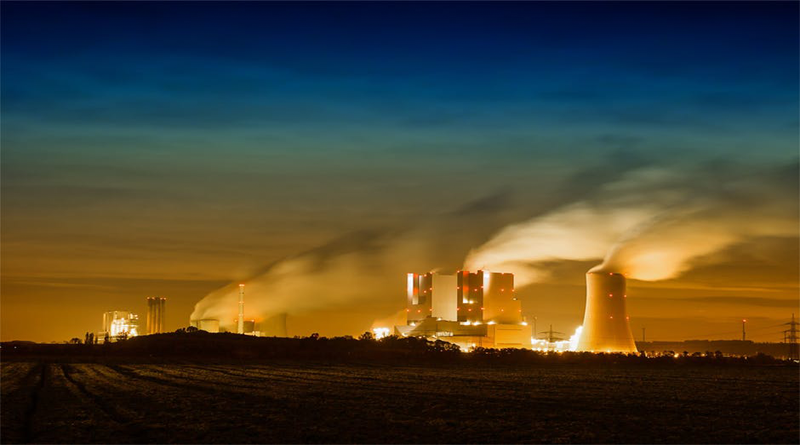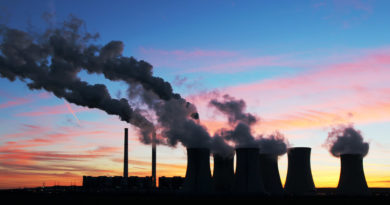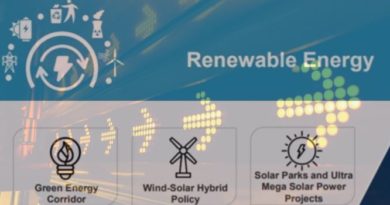Carbon Capture and the Future of LNG in Asia: WoodMac

In the push for net zero, carbon capture is a critical piece of the jigsaw. Numerous carbon capture and storage (CCS) projects are now moving forwards around the world, aimed at significantly reducing the carbon emissions of not only oil and gas assets, but also those from power generation and difficult-to-decarbonise industrial sectors such as cement and steel, states Gavin Thompson, Wood Mackenzie Asia Pacific Vice Chair.
Much is staked on getting CCS right. Wood Mackenzie estimates carbon capture could account for around a third of the required emission cuts needed to get the world to net zero by 2050. But this is far from in the bag: CCS today accounts for less than 1% of annual global carbon emissions. Ratcheting this up to one-third will require not only major cost reductions and continued advances in technology, but also policy and carbon price support to make the economics work.
LNG producers are at the forefront of the industry response. With LNG projects among the most emission-intense assets in the oil and gas sector, many companies are now actively working to lower the carbon intensity of their LNG portfolio. Alongside a range of other initiatives, CCS is seen as critical to achieving this and ensuring future project competitiveness as stakeholders increasingly demand more action on emissions.
To understand how CCS can play a part in ensuring the long-term viability of LNG projects across Asia Pacific, Gavin Thompson spoke with Dan Toleman from Wood Mackenzie’s Global Gas & LNG team.
G: How can CCS reduce LNG project emissions in Asia Pacific?
D: It is no secret that LNG has a carbon problem, with a combination of gas processing, CO2 venting and gas use in liquefaction all contributing to this. At the same time, consumers across Asia are increasingly seeking out LNG with lower emissions, encouraged by domestic policy changes and end-user appetite for ‘green’ LNG.
The LNG industry is responding by increasing carbon mitigation efforts, including CCS. This is positive, but needs a reality check: the pace of change is still too slow and much more needs to be done. CCS alone is no silver bullet for the LNG industry and carbon capture is only part of the solution. A range of other technologies, including renewables, electrification, and batteries, will also be required to effectively decarbonise LNG projects.
CCS can reduce emissions from an LNG project at both the reservoir and liquefaction stages. Reservoir CCS projects capture CO2 produced by high-carbon fields and inject this into a reservoir. Through this, reservoir CCS can reduce the overall intensity of LNG projects by 25 – 50% for projects supplied by fields with more than 10% CO2.
At present, post-combustion CO2 from gas used in the liquefaction process is typically not captured and is instead vented. Although highly variable by project, efforts to capture and store post-combustion CO2 can reduce emissions produced via the liquefaction process by as much as 90%.
And the benefits of CCS need not be restricted to carbon capture at the LNG project itself. CCS opportunities could become available to offset both upstream and plant emissions if producers can take advantage of a commercial swap where they can inject carbon from a cheaper source in their portfolio and use credits to offset LNG emissions. Globally, we estimate the impact of such swap arrangements could exceed both reservoir and post-combustion CCS.
G: Are all LNG projects suitable for CCS?
D: Just as no two LNG projects are the same, so each has its own unique emissions profile. As such, the most effective and efficient ways to reduce emissions will vary from plant to plant, with multiple factors determining whether CCS is the optimum solution for any given project.
Cost is clearly the critical factor and CCS is not cheap. Adding CCS to new-build projects has major cost benefits compared to retrofitting to an existing facility, with new-build post-combustion CCS up to 80% cheaper than retrofitting an existing project. In addition, capturing reservoir CO2 is lower cost than adding CCS to remove carbon emitted by combustion of gas in the liquefaction process. The availability of a suitable reservoir with existing infrastructure will also impact the viability of a reservoir CCS project, while CO2 injection into an onshore reservoir is more competitive vs offshore fields.
Of course, a lack of competitive CCS is not the end of the road for LNG projects looking to decarbonise. Investment in renewables to replace gas in power generation, converting to electric drives where plants can access low-emission power sources, and running batteries to reduce gas requirements are already being used at a number of projects around the world.
G: Who is leading the charge in Asia Pacific?
D: Australia has been the region’s CCS innovator. While troubled by technical challenges, Chevron’s 4-million tpy Gorgon CCS project started up in 2019 and is intended to inject more than 120 million t across its life, reducing the emission intensity of the Gorgon project by around 30%. Elsewhere in Australia, Santos is looking at making a final investment decision on its Moomba CCS project in the Cooper Basin, with a proposal to apply carbon credits to injected CO2 to offset emissions from Barossa and Darwin LNG. In addition, Woodside has suggested the Angel field at the North West Shelf could be utilised for CCS.
Other projects are also under discussion in Asia. BP has proposed CO2 injection to enhance recovery at the Tangguh project in Indonesia, while TotalEnergies is considering CCS for its Papua LNG project, with CO2 captured from the Elk and Antelope fields. PETRONAS is also working on reservoir CCS at its Kasawari field, aimed at offsetting emissions from MLNG.
G: What is next for CCS LNG projects in Asia Pacific?
D: Given its operational capability, existing infrastructure and sub-surface expertise, the LNG industry appears well positioned to push forwards with CCS projects. But across the region, the pace of investment remains too slow. While targeting net zero emissions by 2050 is now the industry standard, customers increasingly want more from suppliers. In response, LNG producers must be more ambitious, bringing CCS into the mainstream to protect their projects as carbon prices rise and buyer sentiment moves further towards net zero gas. With current oil and gas prices driving record free cash flow, the timing seems right.
The push to decarbonise LNG should also encourage greater industry collaboration and drive the need for optimum regulatory support. Working together to develop CCS hubs in Asia Pacific like those seen in the Canadian oil sands makes perfect sense, with Australia’s concentrated clusters of LNG carbon emissions as good a place as any to begin. Governments can also do more and LNG producers across the region will also want to see clear policy support for CCS. Tax incentives such as 45Q tax credits in the US have helped make CCS projects competitive.
With stakeholders demanding rapid action on emissions, Asia Pacific’s LNG producers can no longer just focus on the upfront costs of CCS. Working to reduce emissions via CCS and other means are all essential to getting ahead of the investor and customer curve on net zero LNG.




